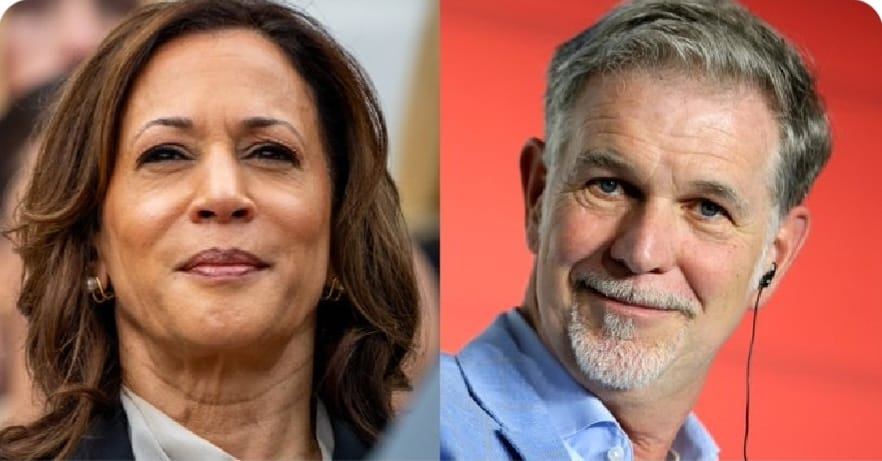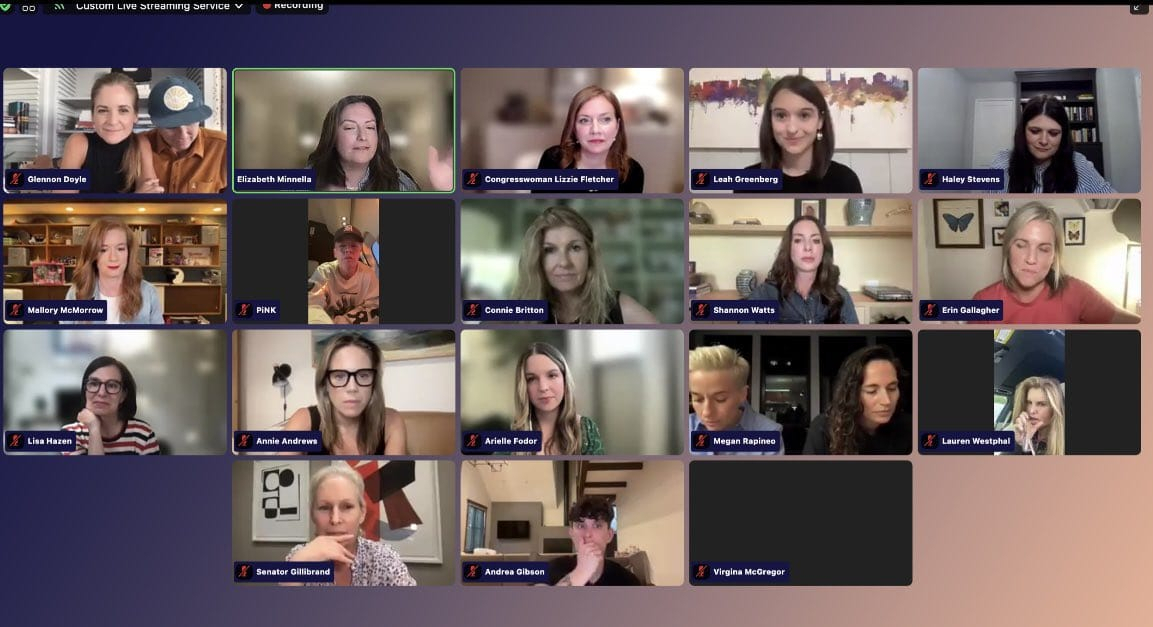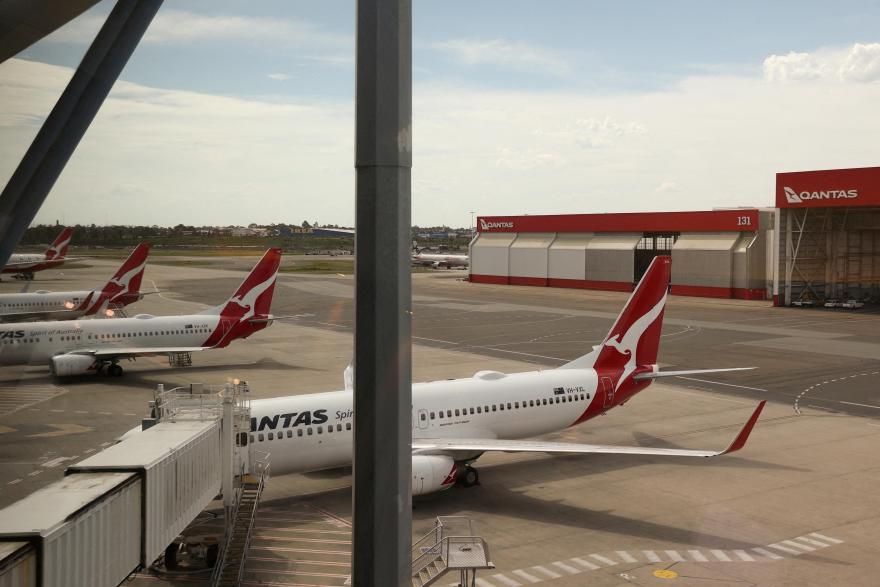THE Australian and New Zealand dollars were under pressure again on Wednesday (Mar 6) as soft economic data underlined the case for future rate cuts, helping bond yields hold at one-month lows.
The Aussie was struggling at US$0.6494, having touched a two-week trough of US$0.6477 overnight before finding support. The bearish price action suggested a break of resistance at US$0.6535 was needed to avoid a retreat to its February trough of US$0.6443.
The kiwi dollar eased to US$0.6071, having reached a near three-week low of US$0.6071 on Tuesday. It faces strong resistance around US$0.6114 with support down at US$0.6040/50.
Data showed the Australian economy grew just 0.2 per cent in the fourth quarter as rising mortgage rates and high tax payments choked off consumer spending.
The report also showed domestic price pressures eased in the quarter, as did labour costs which should comfort the Reserve Bank of Australia (RBA) as it battles inflation.
“The economic slowdown broadened over the second half of 2023 from broadly flat consumer spending to other parts of the economy,” said Westpac senior economist Andrew Hanlan.
“The prospect is for conditions to improve from mid-year, boosted by a policy pivot to less contractionary settings,” he added. “Income tax cuts commence in July and the RBA is expected to cut rates, likely beginning in September, in response to a taming of inflation.”
Markets currently imply a 42 per cent chance of a rate cut in June, and 86 per cent for a move in August. They have 43 basis points of easing priced in for all of 2024, half of what’s implied for the United States.
Yields on 10-year bonds were down at 4.05 per cent, having fallen from 4.15 per cent at the end of last week.
Goldman Sachs analyst Andrew Boak has revise down his forecasts for inflation to reflect changes to weights in the consumer price index, the downward trend in monthly CPI data and updated bottom-up forecasts across a range of components.
“Overall, our base case for inflation is now materially below the RBA’s standing forecasts, which show inflation remaining above the 2 to 3 per cent target band until late 2025,” Boak said in a note.
“We continue to expect the RBA to start easing in August, ultimately taking the policy rate to 3.25 per cent by mid-2025.”
The outlook for global rates could change depending on what Federal Reserve chair Jerome Powell says to lawmakers later on Wednesday, though most analysts assume he will stick to the recent cautious approach to easing. REUTERS







